Real-time Hardware-in-loop (HIL) Radar Beam Form Simulation
Our Warfighter requires the ability to securely communicate with headquarters from anywhere in the world. Additionally, they require the ability to precisely determine their position as well as the position of the enemy.
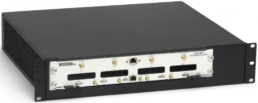
NI Advanced Telecom Computing Architecture (ATCA)
Features four large FPGAs with options for substantial analog and high-speed serial connectivity to address high-performance DSP applications. The ATCA platform provides the telecommunications and enterprise networking industries with a flexible, scalable, manageable, and highly reliable platform to meet the needs of the increasingly software-driven communications environment.
| Model | FPGA | DSP Slices | Analog I/O |
|---|---|---|---|
| ATCA-3671 | 4x Virtex-7 XC7VX690T | up to 14,400 total | up to 5.6 GS/s |
Applications
- Bioinformatics
- Computer Architecture
- Data Mining
- Digital Communications
- HD Video Imaging
- High-speed Network
- MIMO
- Radar Applications
- Signal Intelligence
- Signal Warfare
- Software Defined Radio
- Wireless – 5G, 4G LTE
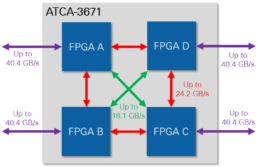
ATCA-3671 Architecture
- Four Xilinx Virtex-7 FPGAs
- 3600 DSP Slices per FPGA
- 64GB total RAM
- 10600Mbps throughput per Channel
- 800Gbps Connectivity per FPGA
Create simulation vectors and download them to memory for playback; or perform analysis on captured data.
Related Products
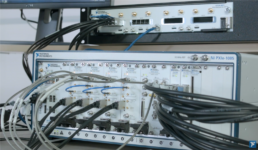
Above setup (Note: the PXIe modules to the right are acting as DUT)
- 4×4 MIMO, combine four NI PXIe-5480 VST modules, each which provide up to
1GHz of Signal Generation and Acquisition Bandwidth. - Share Local Ocillators between each VST module for Phase Coherent Generation.
- Digitally stream the four Bandwidths to the ATCA-3671 via the VST’s High-speed
Serial connector. - The ATCA-3671 four Virtex FPGAs provide up to 14,400 DSP slices.
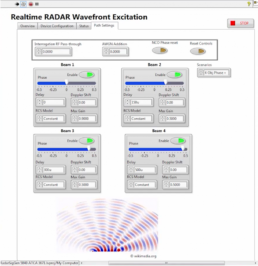
Simulate Radar Beam Form settings in Real-time for Gain, Phase, Angle, and Doppler Shift
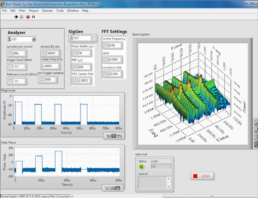
Display real-time responses to changes in above settings
A similar setup can be used for Channel Emulation, Spectral Stitching, and MIMO Processing.
